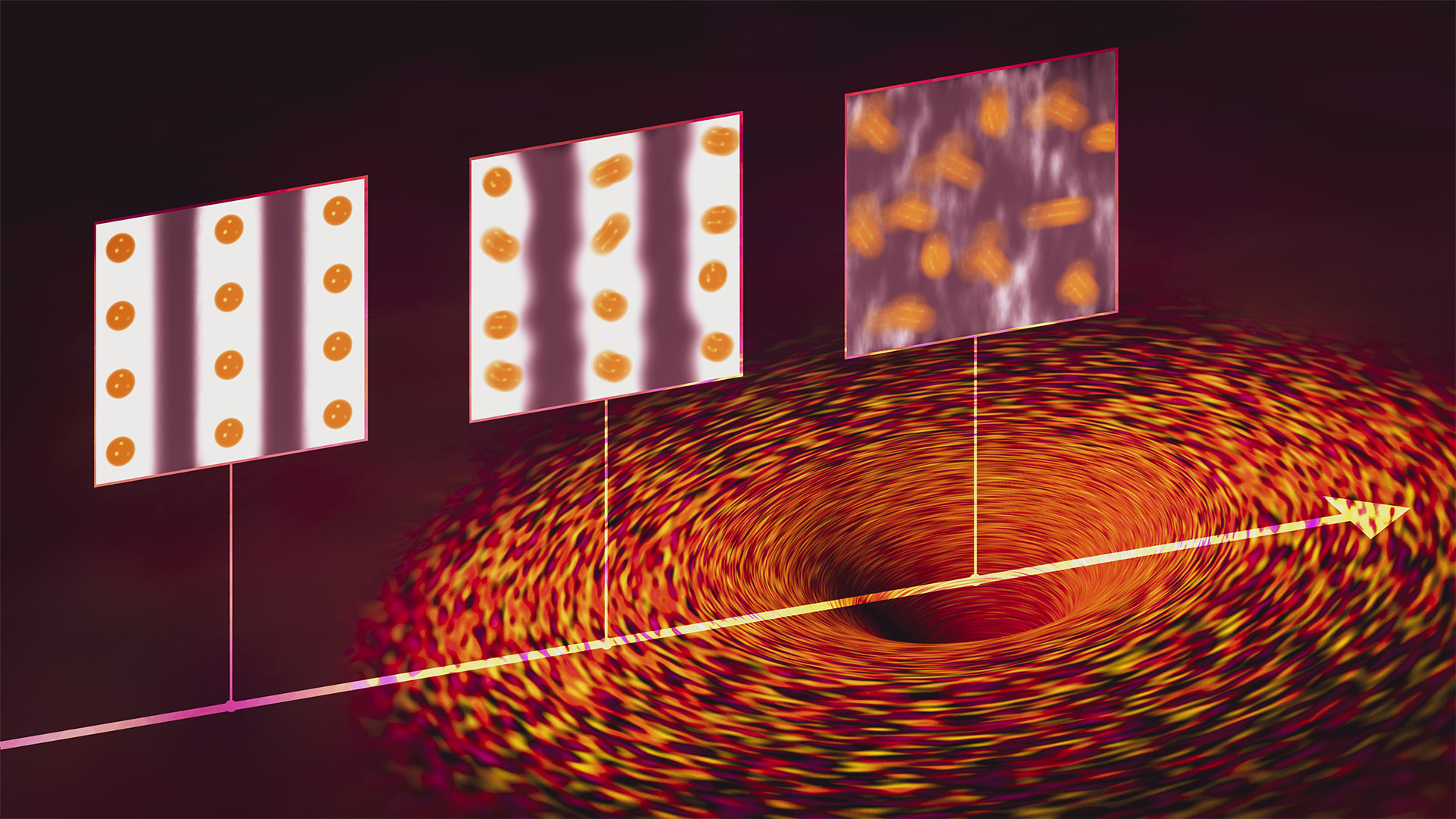
Among all the curious states of matter that can coexist in a quantum material, jostling for preeminence as temperature, electron density and other factors change, some scientists think a particularly weird juxtaposition exists at a single intersection of factors, called the Quantum Critical Point or QCP.
A team of researchers from SLAC National Accelerator Laboratory at Stanford University have found strong evidence that QCPs and their associated fluctuations exist. They used a technique called resonant inelastic X-ray scattering (RIXS) to probe the electronic behavior of a copper oxide material, or cuprate, that conducts electricity with perfect efficiency at relatively high temperatures.
These so-called high-temperature superconductors are a bustling field of research because they could give rise to zero-waste transmission of energy, energy-efficient transportation systems and other futuristic technologies, although no one knows the underlying microscopic mechanism behind high-temperature superconductivity yet. Whether QCPs exist in cuprates is also a hotly debated issue.
In experiments at the UK’s Diamond Light Source, the team chilled the cuprate to temperatures below 90 kelvins (minus 183 degrees Celsius), where it became superconducting. They focused their attention on what’s known as charge order – alternating stripes in the material where electrons and their negative charges are denser or more sparse.
The scientists excited the cuprate with X-rays and measured the X-ray light that scattered into the RIXS detector. This allowed them to map out how the excitations propagated through the material in the form of subtle vibrations, or phonons, in the material’s atomic lattice, which are hard to measure and require very high-resolution tools.
At the same time, the X-rays and the phonons can excite electrons in the charge order stripes, causing the stripes to fluctuate. Since the data obtained by RIXS reflects the coupling between the behavior of the charge stripes and the behavior of the phonons, observing the phonons allowed the researchers to measure the behavior of the charge order stripes, too.
The paper has been published in Nature Physics.
